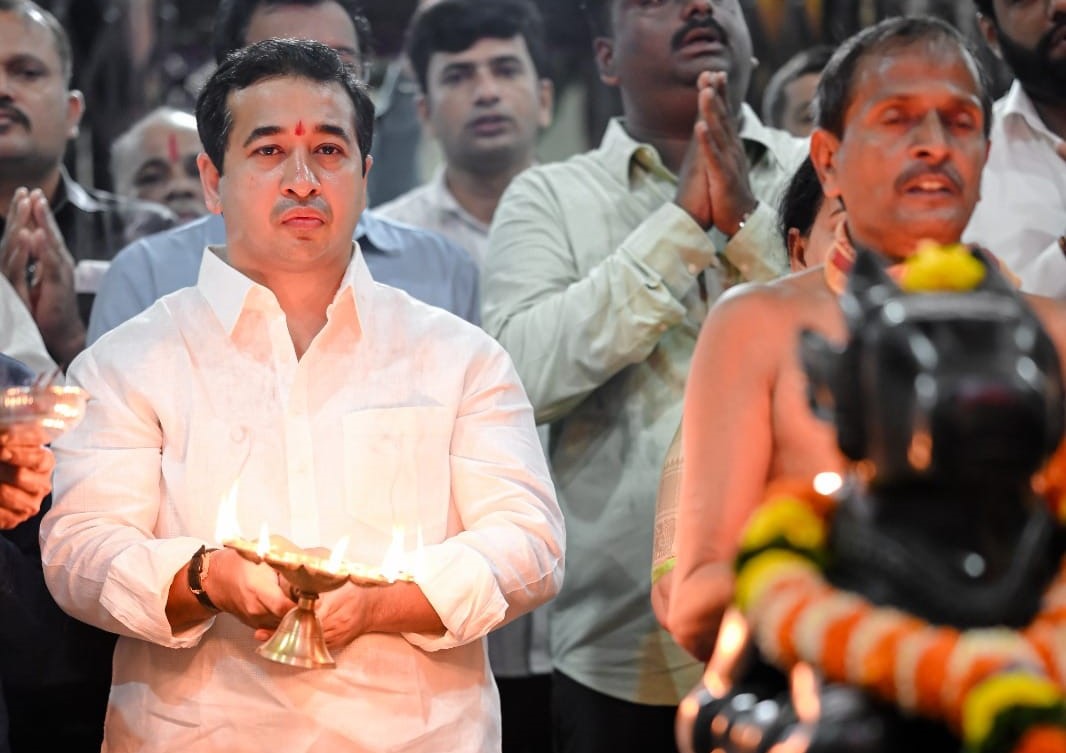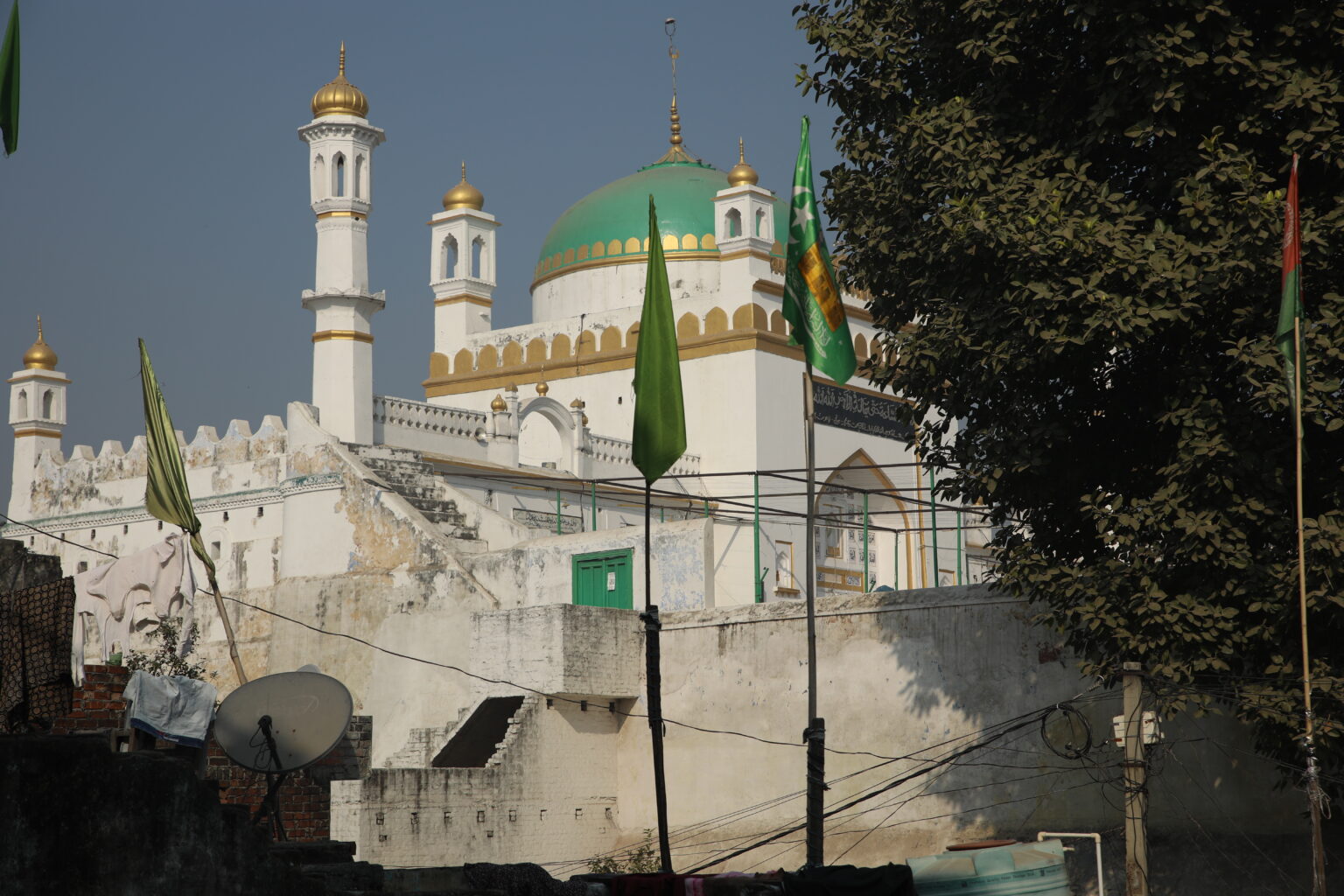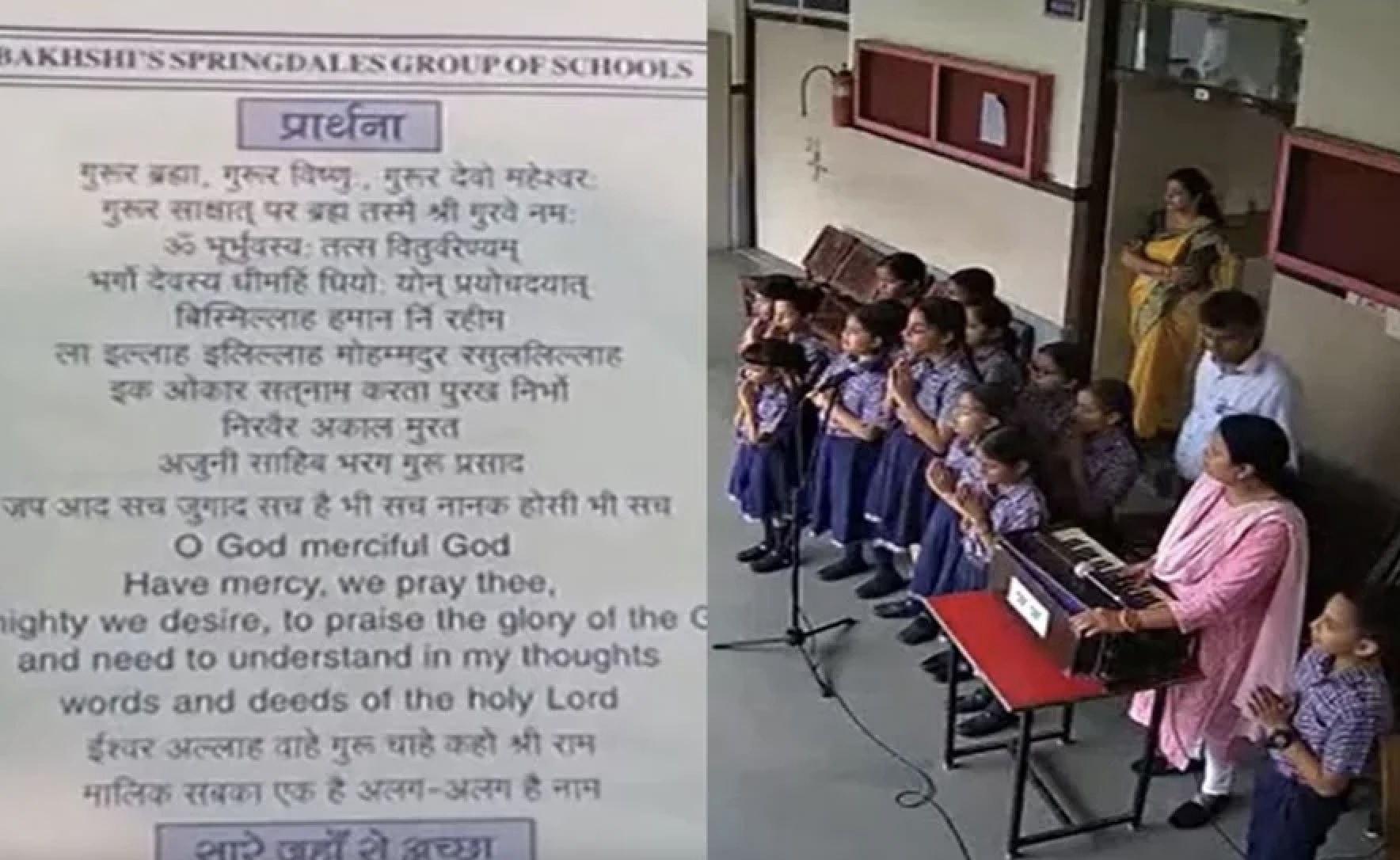
Wreathed in flowers and colorful banners, the alleyways near the renowned Banke Bihari Temple in the northern Indian city of Vrindavan come alive every summer during the Narasimha Jayanti festival.
Hundreds of devotees join in processions to celebrate the half-man-half-lion incarnation of the Hindu god Vishnu.
“It was an intimate festival for us,” Purnendu Goswami said. “It brought meaning to my life and made me more religious.”
Purnendu Goswami, 49, grew up near the Banke Bihari Temple — considered a major Hindu pilgrimage center. More than 6,000 temples in this town by the banks of the River Yamuna are dedicated to the Hindu God Krishna.
But today, Purnendu Goswami, who was once proud of being, not only Hindu, but a firebrand Hindu nationalist — has rejected his ties to Hindu extremism. He said a series of personal experiences led him to believe in “radical love.”
“As an upper caste Hindu family, we felt our biggest contribution was that we were religious,” Purnendu Goswami said. He visited temples daily, offered prayers and sang devotional songs.
Goswami’s 80-year-old father, Balakram Goswami, is a prominent religious narrator in Vrindavan. He sings hymns and recites prayers as part of his commitment to spreading the words and deeds of Ram and other Hindu deities.
Purnendu Goswami and his two brothers would join their father on his religious pilgrimages across India. They attracted hundreds of followers during their travels.
Like many pious Hindus, they revered the temple town of Ayodhya as the birthplace of their God Ram — one of the most sacred in the Hindu pantheon of deities. Every year, they would make their annual pilgrimage to Ayodhya, bathe in the holy Sarayu River and meet with religious leaders.
“Our education was mostly scripture-based,” Purnendu Goswami said. “But in Ayodhya, we learnt a lot from priest-narrators during religious storytelling at temples and monasteries.”
This story was originally published in theworld.org . Read the full story here






